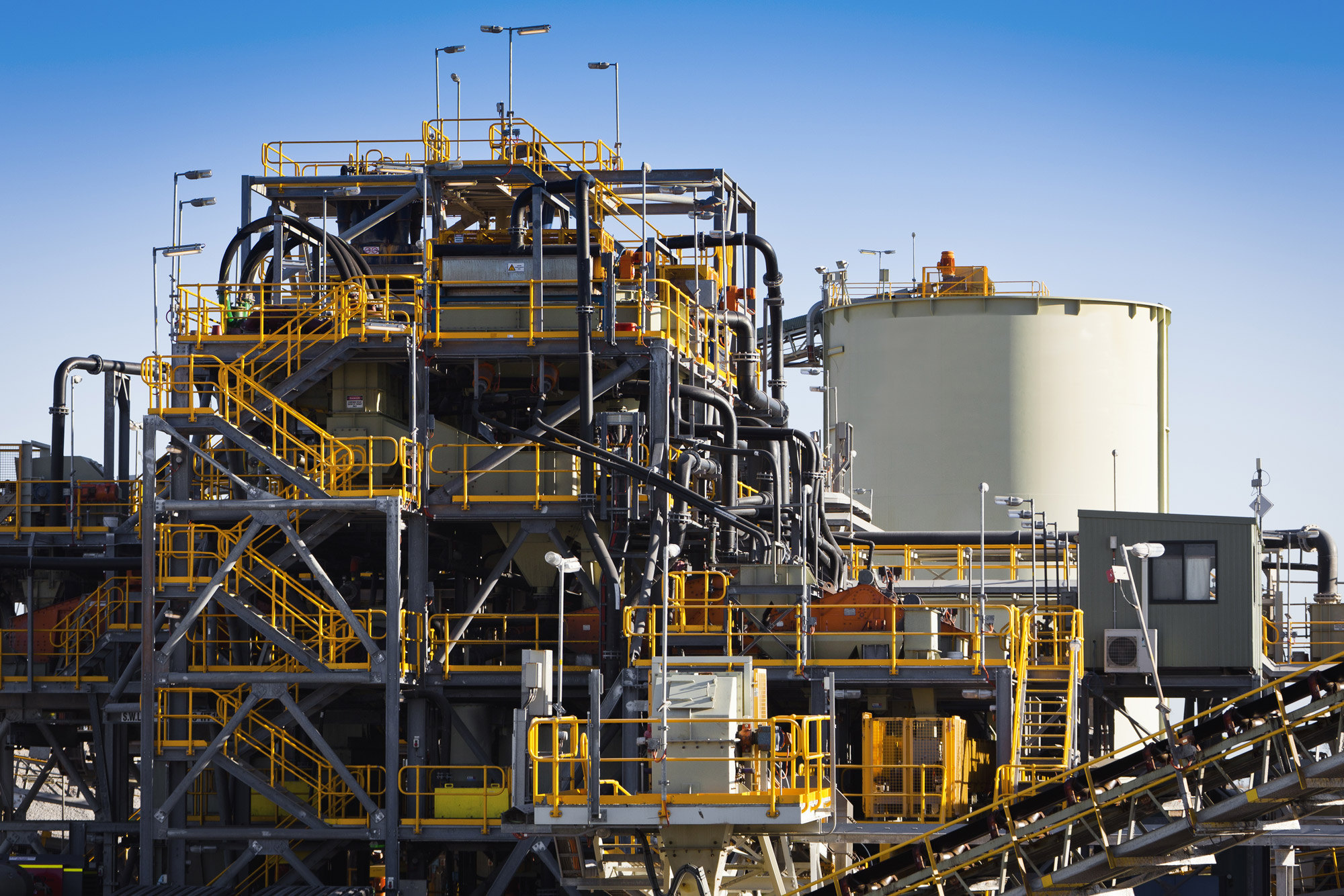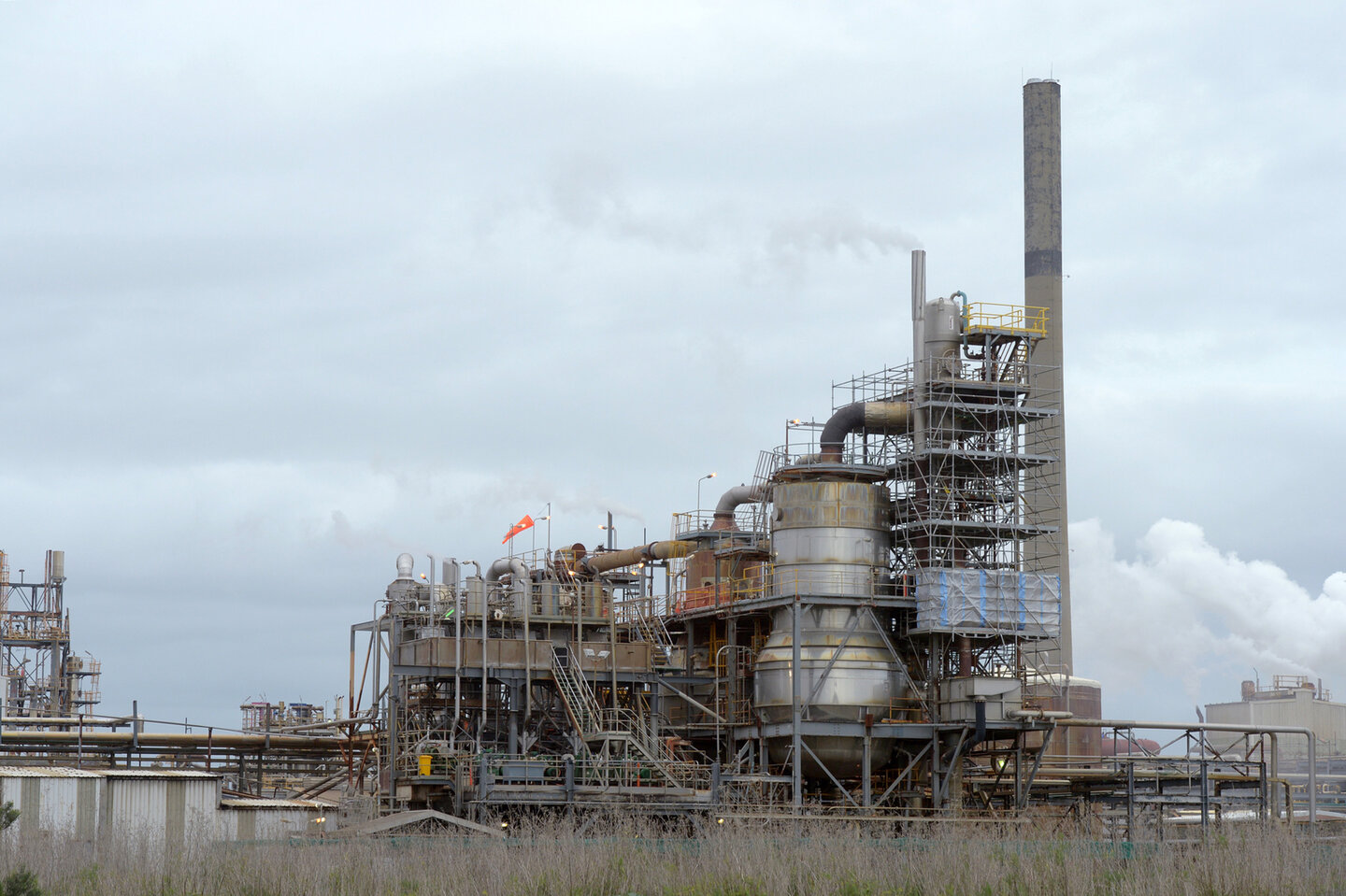Feature
De-risking critical minerals supply in Australia
New government funding and international collaborations are building up Australia’s critical minerals supply chain, including its processing capabilities. Scarlett Evans reports.

Australia produced 45% of global lithium in 2023. Credit: Jason Benz Bennee / Shutterstock
As the world shifts to a renewable energy model, nations are becoming increasingly reliant on critical minerals. While there are different definitions of these 50-plus materials, they are generally understood to be those used in renewable energy tech including solar panels, wind turbines and batteries – most notably lithium, nickel and cobalt.
At present, China dominates the market in terms of both extraction and processing, with the International Energy Agency (IEA) estimating that the country controls 58% and 65% of global processing capacity for lithium and cobalt, respectively. However, over-reliance on China for these crucial materials is a source of concern for many nations, and recent price fluctuations for lithium and nickel have put a spotlight on the importance of diversifying supply chains.
Governments are looking for new suppliers and, with its abundance of reserves and high environmental, social and governance (ESG) standards, Australia is an obvious choice in this landscape. A new burst of government spending and international collaborations are also setting the stage for a boom, although certain factors – such as securing long-term investment and establishing a domestic processing industry – still need to be addressed before the sector can reach its full potential.
Critical minerals: price volatility and shuttered projects
Despite their importance, the critical minerals market is not yet established enough to avoid volatility. According to the World Economic Forum, the price of lithium fell 75% in 2023 – after spiking by more than 400% in 2022 – while cobalt has lost two-thirds of its value from its peak in 2022.
The situation was partially caused by slow growth in electric vehicle (EV) demand – with this unanticipated dip compounded by the fact that China continued to push out high supplies of these metals, resulting in a price drop that the market is still recovering from.
In response, a number of Australian nickel and lithium projects were forced to close their doors. The situation impacted processing as well as extraction projects, with BHP announcing in July that it was closing its nickel processing facilities in Western Australia (WA), while US miner Albemarle announced it was scaling back a lithium refinery, also in WA.

The BHP Billiton nickel refinery in the port area of Kwinana, WA, will cease operations this year. Credit: Carla Gottgens / Getty Images
While the downturn is seen as only a minor setback in the long run, it highlights the current market instability and the difficulty in establishing new supply chains to match China’s more established one.
“A lot of miners globally are struggling at the moment – either shutting down mines and processing plants or holding back investments,” says Henry Sanderson, executive editor at Benchmark Mineral Intelligence. “While there is certainly a political will to diversify from China, the current market environment is such that China’s dominance is likely to get even more entrenched.”
Carl Spandler, a professor of Earth Sciences at the University of Adelaide, says the recent price drops are just a “snapshot” of the main issue with critical minerals – their instability.
“It is very hard to predict demand, because they are reliant on so many external factors,” he reflects. “For example, if Donald Trump becomes president and he decides to cut the US’ green energy targets, demand will just plummet.”

Henry Sanderson, executive editor, Benchmark Mineral Intelligence.
Despite the seemingly negative outlook, price volatility is not indicative of long-term problems but just a side effect of a new market finding its feet.
“Mining is cyclical, it always has been a boom and a bust – and this is exactly what happened with lithium,” says Chris Vernon, CSIRO’s critical minerals lead for the Australian Critical Minerals Research and Development Hub, a partnership between CSIRO, Geoscience Australia and ANSTO. "People got excited as demand grew, then, predictably, there was oversupply and the price dropped. Then some mines shut down and the price went back up – it happens like this every time in mining.”
Projections for EV and battery demand are still positive as nations advance their clean energy plans, lending more stability to the critical minerals market. What matters now is supporting these major players to buoy the industry through the renewable energy transition.
“The more certainty around the renewable transition, the more certain projections around critical mineral demand will be,” says Spandler. “Once you get the market to a certain size, it becomes inherently more stable. We have to do this, and we have to diversify supply chains.”
Strengthening Australia’s critical minerals processing
Recent government action has positioned Australia to provide the much-needed market support for critical minerals. Crucially, funding has been announced to build out the country’s processing and refining capabilities, bolstering domestic industry.
In May, the Albanese Government pledged A$10.2m ($7.03m) to develop critical mineral processing facilities, and A$5.8m for a critical minerals trade enhancement initiative.
At the same time, the government announced a Future Made in Australia package worth A$22.7bn, with around A$7bn of this to go to the downstream refining and processing of 31 critical minerals in Australia.
In July, further grants were announced focused on boosting downstream processing in Queensland and South Australia.
Additionally, this year Australia signed bilateral agreements with the EU and the US to strengthen ties and open up collaborative critical mineral opportunities – breaking away from Chinese supply chains to form new trade routes.
The lengthy and expensive process of setting up these processing facilities is a deterrent to governments, although getting the ball rolling on projects now is crucial.
Yet some say Australia is still missing longer-term investment to establish a full critical minerals supply chain – including infrastructure such as battery manufacturing plants and refineries.
The lengthy and expensive process of setting up these processing facilities is a deterrent to governments, although getting the ball rolling on projects now is crucial to set the market in good stead for the 2030s, when demand for these critical minerals is set to reach new highs.
“The issue is political,” explains Spandler. “A government focused on winning elections in three-year cycles will be naturally resistant to invest in something that only has a ten-year-plus pay off.
“This is an attitude that is different to somewhere like China. The Chinese investment is enormous, and they have a long-term plan. I think Western countries are just realising that this is what we are competing against."
However, investment is what’s needed if Australia is to avoid being left behind.
“It is a tough situation, but there are some areas where governments will have to make a decision and say, yes we’re going to support this because it’s important to our economy and it’s important to decarbonisation,” says Vernon.
Investing in processing facilities
According to the IEA, mineral demand for clean energy technologies will almost triple by 2030 and quadruple by 2040. Given this trajectory, the development of diverse, resilient and sustainable clean energy supply chains for critical minerals is paramount.
Currently, Australia is still reliant on exporting its raw materials for processing – with 97% of its lithium sent to China for processing – something industry members say needs to change if Australia is to solidify its market standing.
“This is a big opportunity that is not yet being explored,” states Spandler. “I think it would be useful if the Federal Government invested towards the larger, long-term picture, including completing the supply chain by establishing domestic manufacturing facilities.”
According to CSIRO, the government should also prioritise investment into research development and demonstration (RD&D) of the technologies and processes around refinery and production to drive reductions in cost, energy and emissions.

Carl Spandler, professor of Earth Sciences, University of Adelaide.
It is about honing the tools already at the industry’s disposal to make operations cheaper and cleaner, rather than investing in overhauling systems already in place.
“We know that we can’t beat countries like China or Vietnam in terms of economics – whether that is on energy price or labour price,” says Vernon. “So we (researchers) tend to look for workarounds that are going to result in lower processing costs and better environmental sustainability.
"We are absolutely bonkers if we are going to go into an energy transition to decarbonise and make the world worse along the way,” he adds. “You have to have your eye on sustainability and, to be honest, on circularity as well."
Australia is already positioned as an attractive landscape for companies to work in, with its strong ESG credentials and an abundance of critical minerals in the ground. Industry sentiment shows that what will take it to the next stage of its development is government support, both in establishing new infrastructure, and developing technologies for sustainable, cost-effective processing.
If these two long-term goals are successful, the nation could be well positioned to help critical minerals get over the hump and into full swing, providing stronger global supply chains in the process.